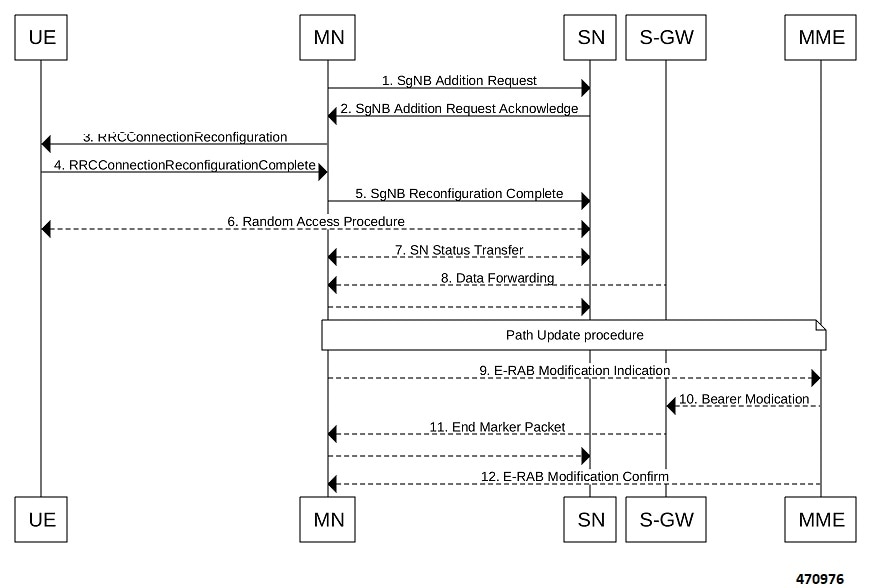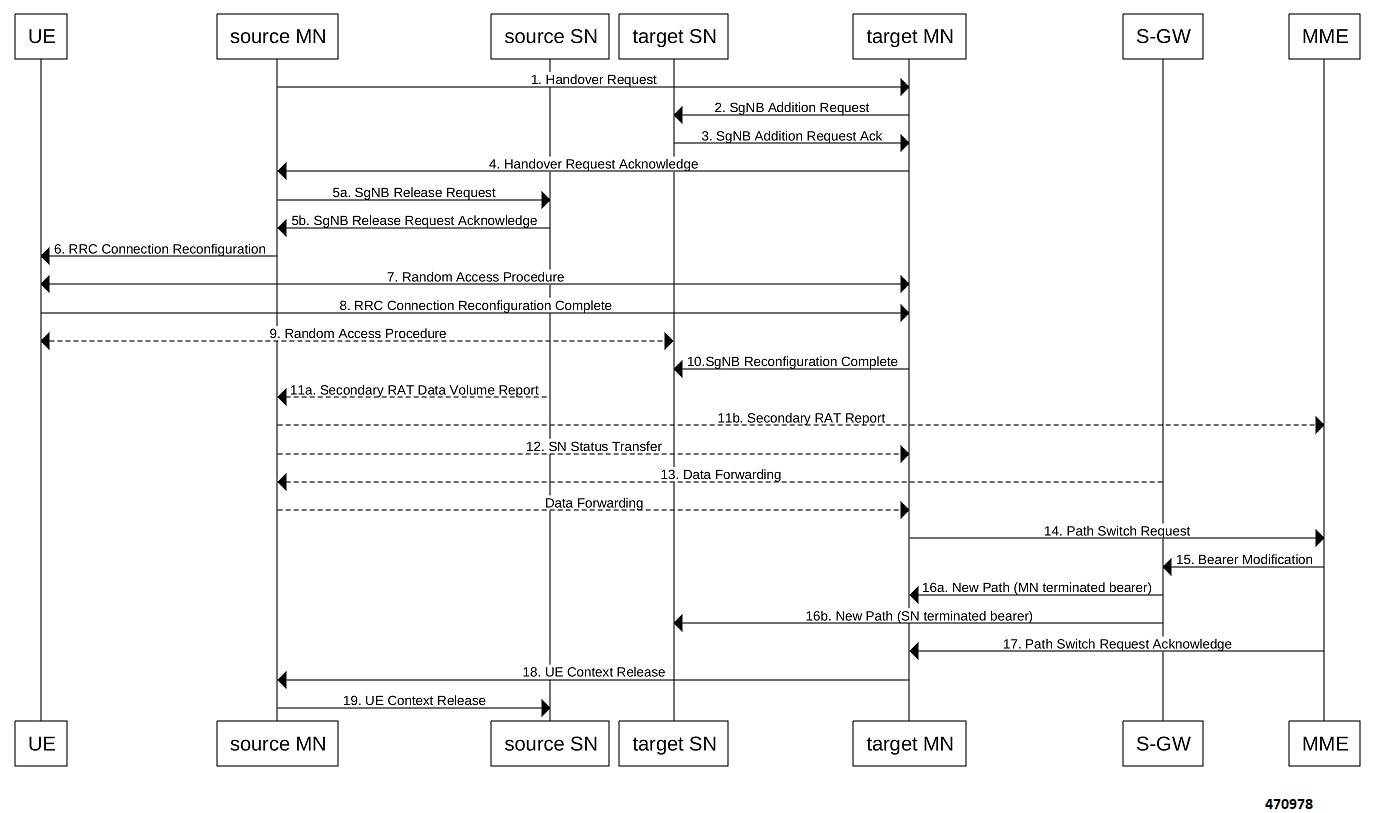Feature Summary and Revision History
Summary Data
|
Applicable Product(s) or Functional Area |
MME |
|
Applicable Platform(s) |
|
|
Feature Default |
Disabled - Configuration Required |
|
Related Changes in This Release |
Not Applicable |
|
Related Documentation |
MME Administration Guide |
Revision History
|
Revision Details |
Release |
|---|---|
|
Fiist Introduced |
21.28.M1 |













 Feedback
Feedback